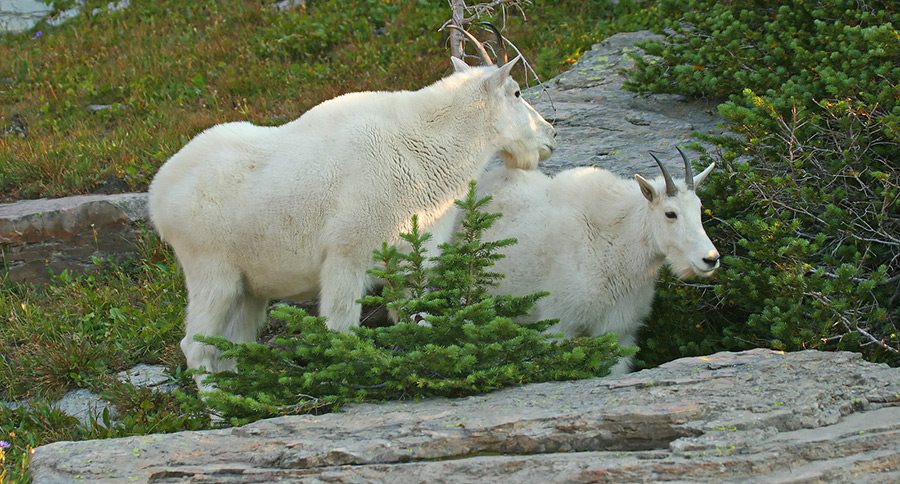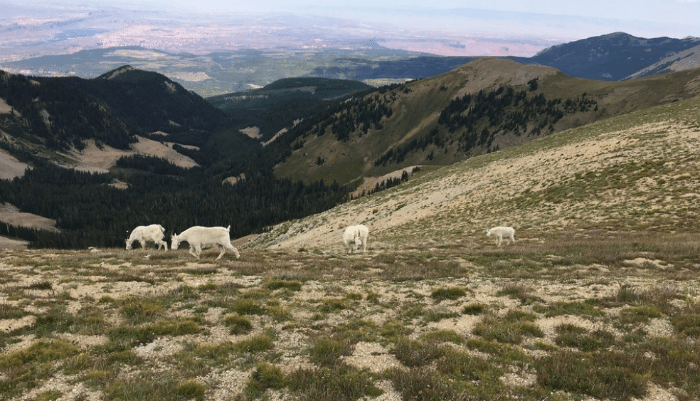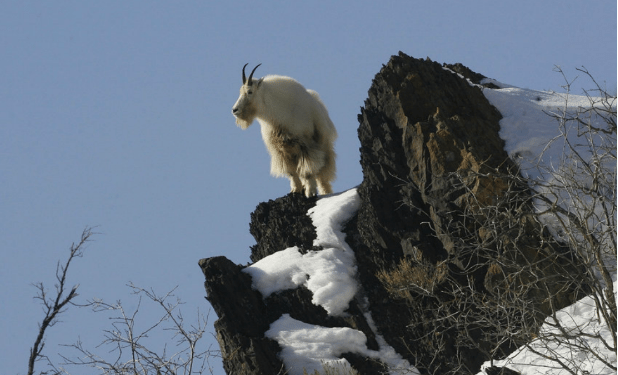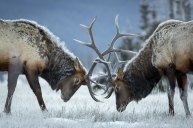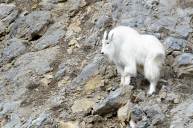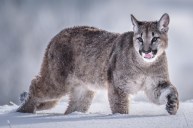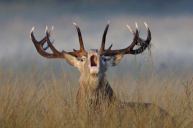Utah has introduced mountain goats into alpine environments, but environmental groups say the animals are destroying the delicate ecosystems.
Four years ago the Utah Division of Wildlife Resources (DWR) transplanted non-native mountain goats into the La Sal Mountain Range, at least in part justifying the program with the assertion that the department considered the animals native. This was based on a closely related species that existed in the same area during the last Ice Age.
Some environmentalists are crying foul, and are asserting that the goats are destroying delicate alpine habitats. They are also asserting that the state does not have the right to engage in this kind of action, as federal law prohibits the introduction of non-native species into lands overseen by BLM, the U.S. Forest Service and National Park Service federal agencies.
The environmentalists claim that the mountain goats are highly destructive to a landscape that has changed significantly since the Pleistocene Age around 11,700 years ago.
The Utah Native Plant Society (UNPS) is suing the state to get the goats out of the La Sal range. Tony Frates, of the UNPS, maintains that, "These environments are exceedingly fragile. Plants take a long time to grow in these places. It's a really harsh environment."
The DWR formed a study group that included members of the Goshute Indian tribe, Bureau of Land Management, wool growers, sportsmen and biologists. The group met four times and was to make recommendations on the viability of the mountain goat restoration project.
Not everyone agreed that the introduction/restoration of goats was a good idea. Wild Utah Project biologist Allison Jones resigned after the first study group meeting because she claimed there was an overwhelming bias towards introducing the goats, in spite of claims that there was evidence that the goats were destroying the alpine environment.
"Putting mountain goats in the Deep Creeks could result in the degradation of significant alpine resources, not only to sensitive high elevation alpine soils on steep slopes that are already prone to erosion, but also to rare and sensitive indigenous plant species found on those soils," Jones wrote in her resignation letter.
On the other hand, big game specialist Rusty Robinson maintains that, "Alpine environments evolved in the presence of herbivory. We know bighorn sheep used to graze there so goat fills that niche. We believe it is healthy for the ecosystem to have ungulates on there eating the alpine plants."
The DWR tried introducing bighorn sheep into the region, but they were not able to adapt to what biologists claim was exposure to domestic sheep disease. The correlation between domestic sheep pathogens and disease in wild bighorn sheep seems evident.
But mountain goats have taken to the region exceptionally well. They have more than doubled their initial 35-animal introduction numbers.
The DWR also has plans to introduce goats into the nearby Deep Creek Range, with a target population limit of 250 goats.
Robinson says DWR officials are gathering data on alpine plant communities and will hold public meetings as they develop a Deep Creek goat plan over the coming year.
Environmental groups are also declaring that DWR buckled to pressure from hunters and hunting organizations to introduce the goats. But less than 200 hunting permits statewide are issued annually - Utah has an approximate mountain goat population of around 2,000 animals - and, according to the DWR, wildlife watchers enjoy viewing the goats as well.
DWR's Utah Mountain Goat Statewide Management Plan declares,
"Mountain goats personify the high lonesome reaches of western North America. Goats are adapted to live in the highest, coldest, snowiest and most precipitous reaches of our classic western mountain ranges. The image of a solitary goat on a ridiculously narrow rock ledge on a seemingly inaccessible cliff is one that once seen is never forgotten.
For nearly 50 years, the Division of Wildlife Resources has carefully managed Utah's mountain goat populations so herds are productive and balanced with available habitat. The Division plans to continue this management approach, while also establishing new mountain goat populations where possible. This will allow the Division to expand both hunting and viewing opportunities for mountain goats while ensuring their long-term viability in Utah."
Like what you see here? You can read more great articles by David Smith at his facebook page, Stumpjack Outdoors.
NEXT: Extraordinary Fair Chase Archery Mule Deer Hunt
WATCH
https://rumble.com/embed/u7gve.v3tron/
